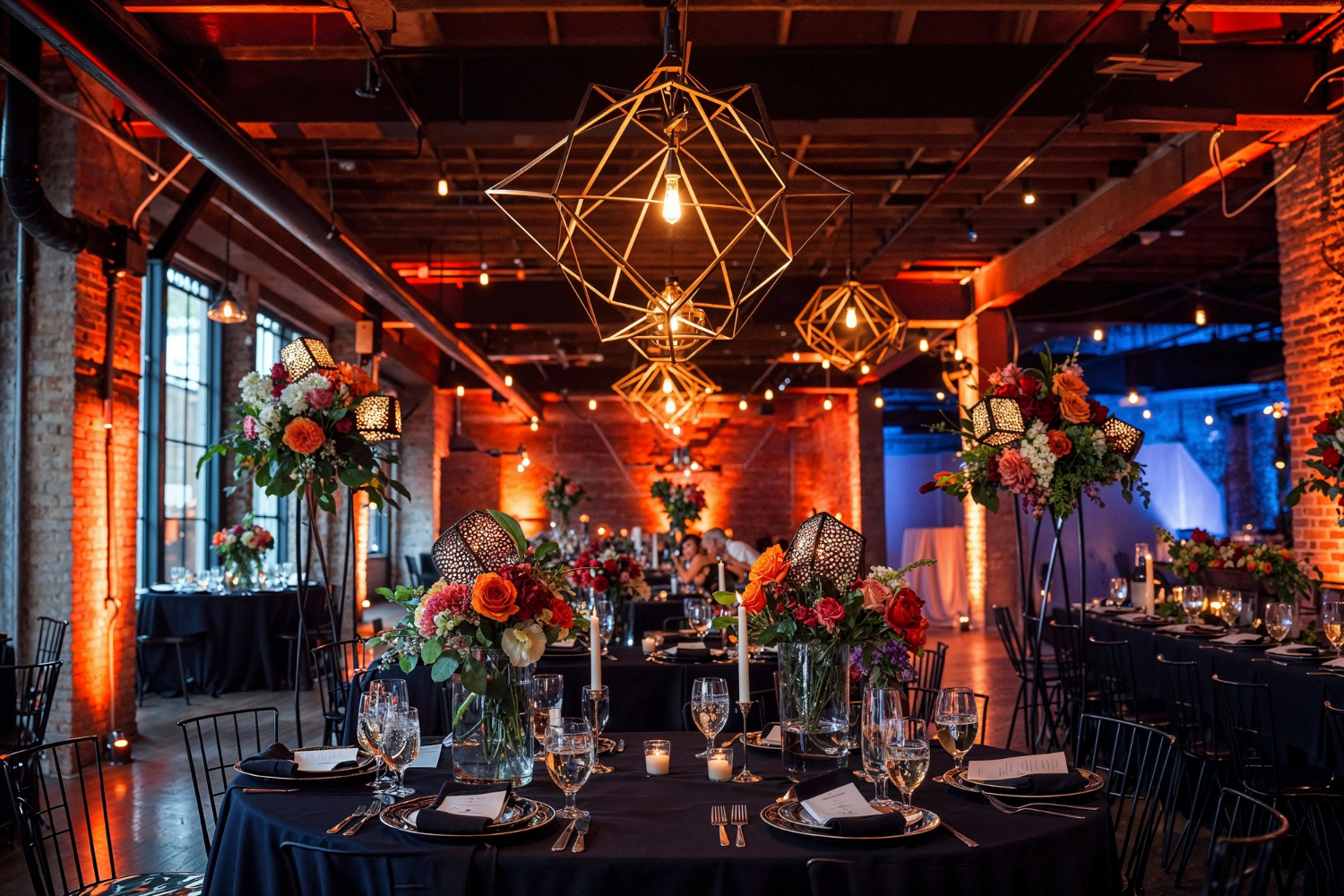The sustainability checklist
To make an event more sustainable, consider all aspects—such as unsorted waste, briefly used decor, unnecessary imported goods, and attendees' car use—rather than focusing solely on the most visible factors.
1. Attendee mobility
In the events sector, most of the impact depends on the modes of transport chosen by attendees, and we all know that planes & cars are the most polluting options. “We encourage our clients to choose a venue that matches the attendees’ geographical location,” explains Pierre Danger, report assistant at My Impact Tool. “If 80% of the audience is expected to come from Paris, we organize the event in Paris. And we provide detailed information on alternative means of transport.”
2. Choice of suppliers
They have to travel as well! Quite often, the financial criterion is the decisive factor between two suppliers. But not in 2024. Favoring local suppliers has never made so much sense. “My Impact Tool calculation method will reward events with suppliers within a 30 km radius,” says Pierre Danger.
Another selection criterion is the use of local products by the caterer. And, indeed, the option of a vegetarian menu. “Many people are still reluctant to do this, but when you remember that 100 g of beef is the equivalent of 14 vegetarian meals in terms of carbon impact, it can encourage customers to think again...” But be careful, warns Dimitri Bertrand, Circular Event & CSR Adviser: “Offering local food that hasn’t come from afar, that ideally is labeled, fair-trade and of high quality, can involve a higher cost than less sustainable and less nutritious options. When it comes to an event for the general public - which must be able to offer affordable prices - the challenge is to offer something that meets these criteria while remaining inexpensive. This is now an integral part of our job.”
The final point to consider is - crockery! Reusable, edible (cornstarch), biodegradable - alternative containers exist and are also worth considering.
3. Goodies
Plastic pens wrapped in plastic - we can stop this, can’t we? Wooden pencils too. And beware of false friends: “Most of us already have tote bags and water bottles at home. It’s a question of thinking in terms of what’s really needed and perhaps being creative,” Dimitri Bertrand continues.
“Let’s think about the relevance of the gift,” suggests Pierre Danger. “Sometimes it’s better to offer sustainable acts. It’s still very marginal, but interesting: for example, we explain that instead of giving you a bag with a pen in it, we’ve used the money to plant trees nearby.”
4. Decor & signage
Opt for reusable items, especially if it is an annual event. Just avoid signage that mentions the current year.
“We can make great progress by working on recycling and upcycling,” says Michaël Malengrez, Head of Projects, Innovation and Quality - Director at VO Europe. “Giving things away sounds simple, but it’s not at all. It makes my skin crawl to see so much stuff being thrown away. You should never underestimate the lack of resources of some organizations, which need all the help they can get. In upcycling too, we’re doing some really interesting things. We’re in the process of moving on from an era of ‘patching up’, showing that we’ve salvaged a few parts, to treating them as actual raw materials and creating something beautiful.”
5. Waste
Collecting and sorting waste is still not an obligation everywhere unless you are in a public space. It will always be cheaper and quicker not to sort. It’s up to you to set an example. A sorting center worthy of the name for the backstage area of your event will have sorting facilities for all recyclable resources: Wood, paper and cardboard, tetra-packs, non-consigned glass, textiles (non-reusable), metals & metal packaging, recyclable plastics (PET, PP & HDPE), other plastics (PVC, etc.), cigarette butts, etc.
Note: some waste collectors are equipped with scales: once again, you can only improve what you are measuring...
6. A dedicated team, no less
As Dimitri explains: “Roles and professions are diversifying and the fields of action are broadening. The first time we used dry toilets, we very quickly realized that we needed someone on hand to tell the public how to use them properly, in addition to written information. Any sustainable innovation must be accompanied by some form of support to encourage people to take action in the best possible conditions. New functions are emerging and this trend needs to continue. Eco-team, sustainability manager, etc. - these are all profiles that guarantee that the steps taken are implemented and carried out consistently.
Communication is also important to ensure that these steps are properly understood. If, for example, you decide not to offer goodies even though this was part of your expectation and routine, you need to be able to explain why. It is essential to highlight the environmental impact and cost savings achieved by this initiative, which could be re-injected into carbon offsetting for the event. There is no shortage of positive messages to spread, but we need to work on appropriately elucidating them. Certain practices are becoming increasingly accepted, even though this would not have been the case just a short while ago. The widespread use of tap water or jugs at events, for example, has become commonplace, sparking the emergence of new trends such as flavoured waters. The lines are moving and the outlook should be bright.”
A good way to communicate your efforts is to share the impact report with your audience.
My impact tool is there to help you: https://app.myimpacttool.com/



